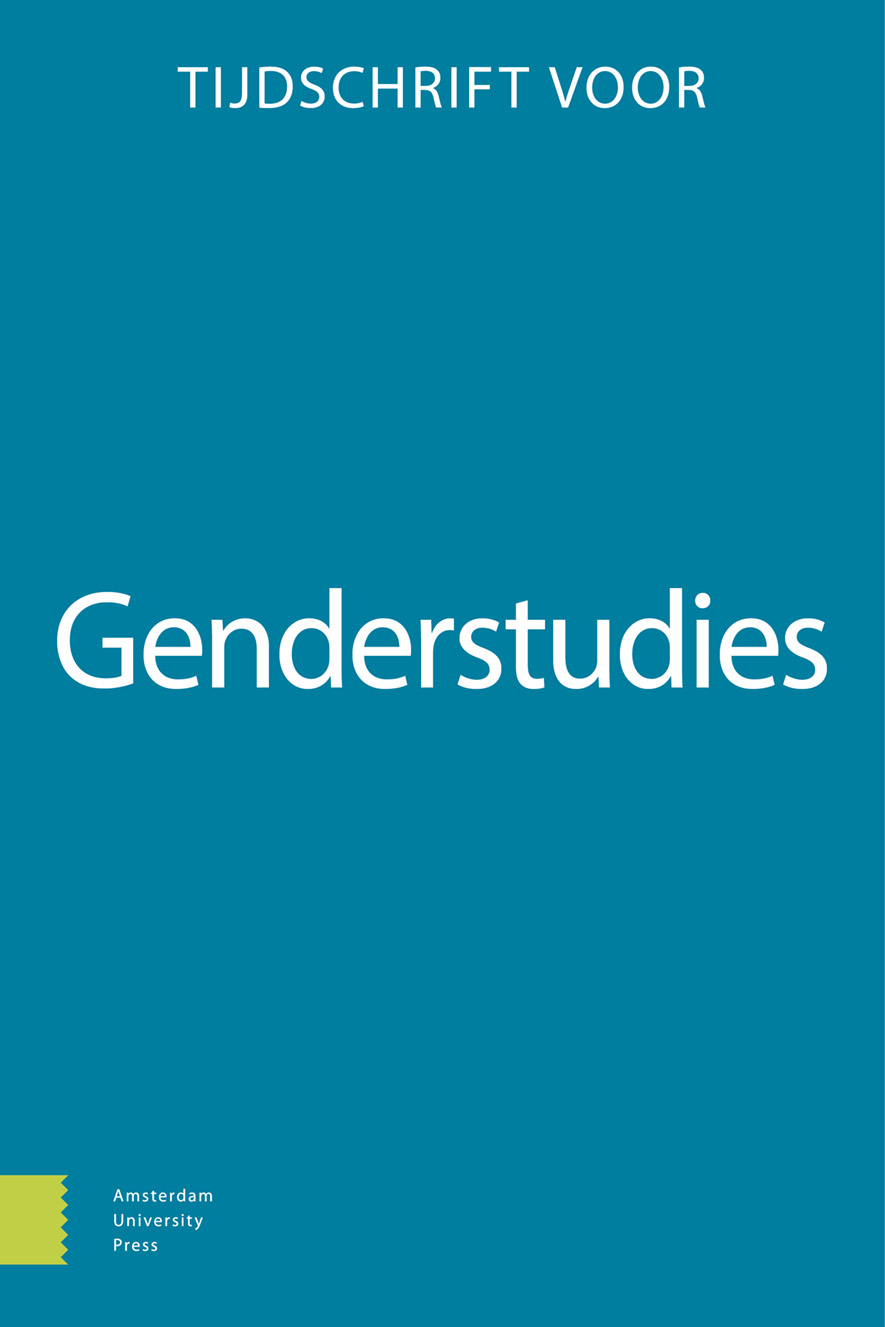-
oa The strong global trend of prohibiting employment discrimination based on sexual orientation
- Amsterdam University Press
- Source: Tijdschrift voor Genderstudies, Volume 24, Issue 3/4, Dec 2021, p. 388 - 400
Abstract
Over the last 30 years, more than 85 countries have prohibited sexual orientation discrimination in employment. Enacting such legal prohibitions has thereby become the most common form of legal recognition of homosexual orientation (more so than the decriminalisation of homosexual sex or the opening up of family law to same-sex partners). The trend is global (ten countries in Africa, more in Asia/Oceania, many in Europe and the Americas). The trend is reflected in supranational rules of the European Union and the Organisation of American States and also in decisions of international human rights bodies. On the basis of these numbers and developments, and in light of the various factors that help explain the strength of this global trend, the author argues that it is to be expected that the trend will continue to reach more and more countries. Explicit legal prohibitions of sexual orientation discrimination in employment can play a useful – perhaps central – role amongst other legal, educational, and social strategies aimed at increasing LGB inclusion.


